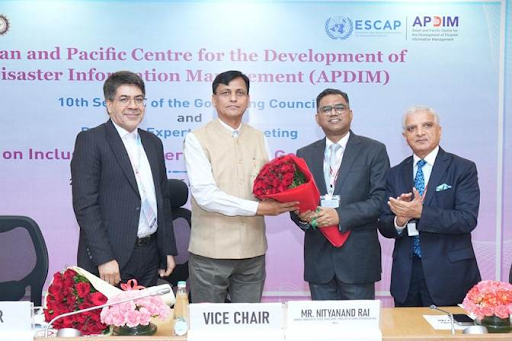



.jpg)
.jpg)
Disclaimer: Copyright infringement not intended.
Context
Details
Significance
Moving Ahead
International Maritime Organisation (IMO)
About
Establishment
Headquarters
Mandate
Structure
_1.png)
Functions of IMO
Pillars of IMO
Funding of the IMO
Members of the IMO
|
PRACTICE QUESTION Q. India's re-election with the highest tally in the International Maritime Organisation (IMO) Council showcases an unbroken record of India's continuous service at the International Maritime Organisation (IMO). Elucidate. |







© 2025 iasgyan. All right reserved